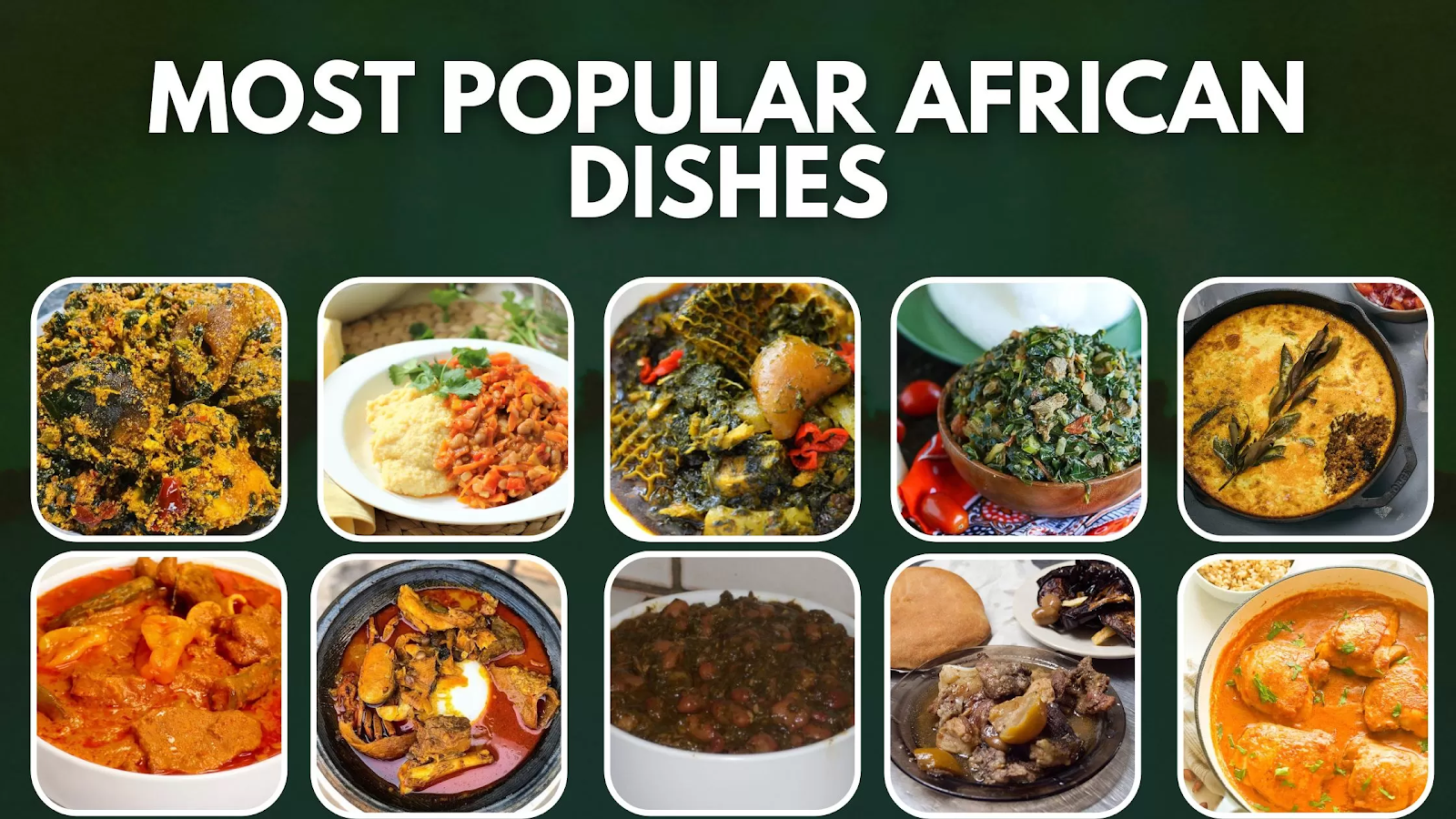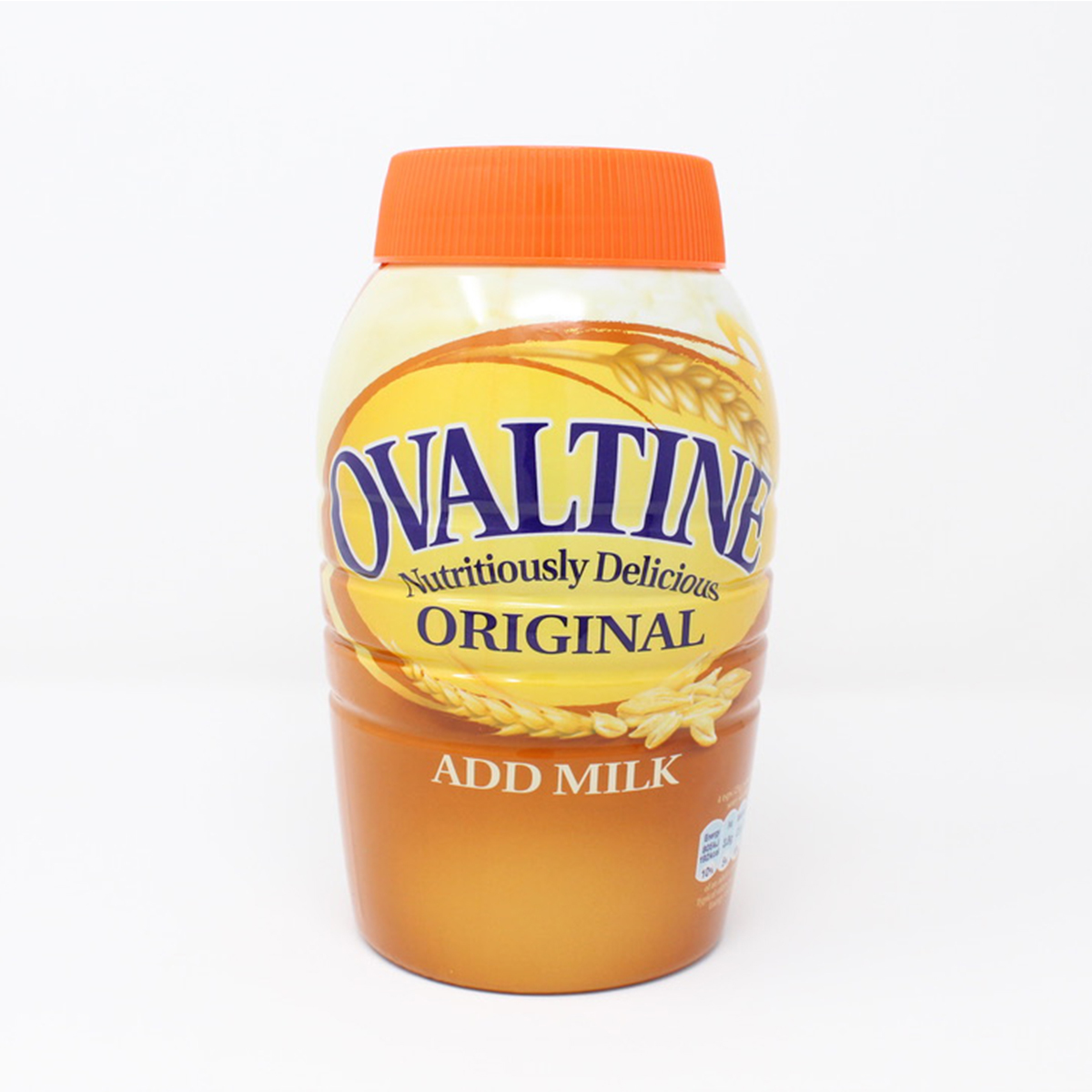Popular African Staple Foods
African food staples are as diverse as the distinct traditions and cultures found in Africa. African continent. Although the ingredients are identical, the variety of African food is mainly in the way of cooking and the method of cooking.
Due to their abundance, the majority of these food items are now the mainstay of meals for most African families. These are the seven most sought-after African food items staples in the African diet.
Injera
Also known as "enjera", This soft, sourdough-risen flatbread is often eaten alongside stews and other meals in Ethiopia, Somalia, and Eritrea.
The injera was traditionally comprised of teff. Due to the high price of teff, many Ethiopians or Eritreans are substituting it with rice, wheat, and corn.
Ugali
Also called Nsima, also known as Sadza, Ugali is a popular dish across many regions of Africa, particularly within East Africa, the Great Lakes Region, and Southern Africa. It is typically made from maize flour (cornmeal); however, it's made from millet or sorghum in certain parts of Africa. Boil water, then adds maize flour and mix until it forms the consistency of dough.
Garri
It is a common ingredient found in West Africa; garri comprises fermented, pounded cassava roots. It is extremely rich in carbs. Garri is prepared by making it a soup by soaking it in warm water, then making it into a dough. It is served with various dishes, including beans, beef stew, and stews of vegetables.
Matoke
Matoke is the most popular food consumed in Uganda; however, it is also eaten in other regions of Africa. Made from starchy bananas and sometimes called cooking banana, The fruit is cut by a knife and then cooked with it is still green. The fruit is then chopped into an amazing meal or cut into pieces and then deep-fried.
Couscous
Couscous is a very popular North African dish consisting of tiny semolina balls steamed. For preparing couscous, you need to sprinkle durum wheat that has been dried with water and then roll it into small pieces. The pellets are made into a steamer that is then placed over the cooker together with stews of vegetables and meat to let the couscous absorb the stew's flavours while it cooks.




Comments
Post a Comment